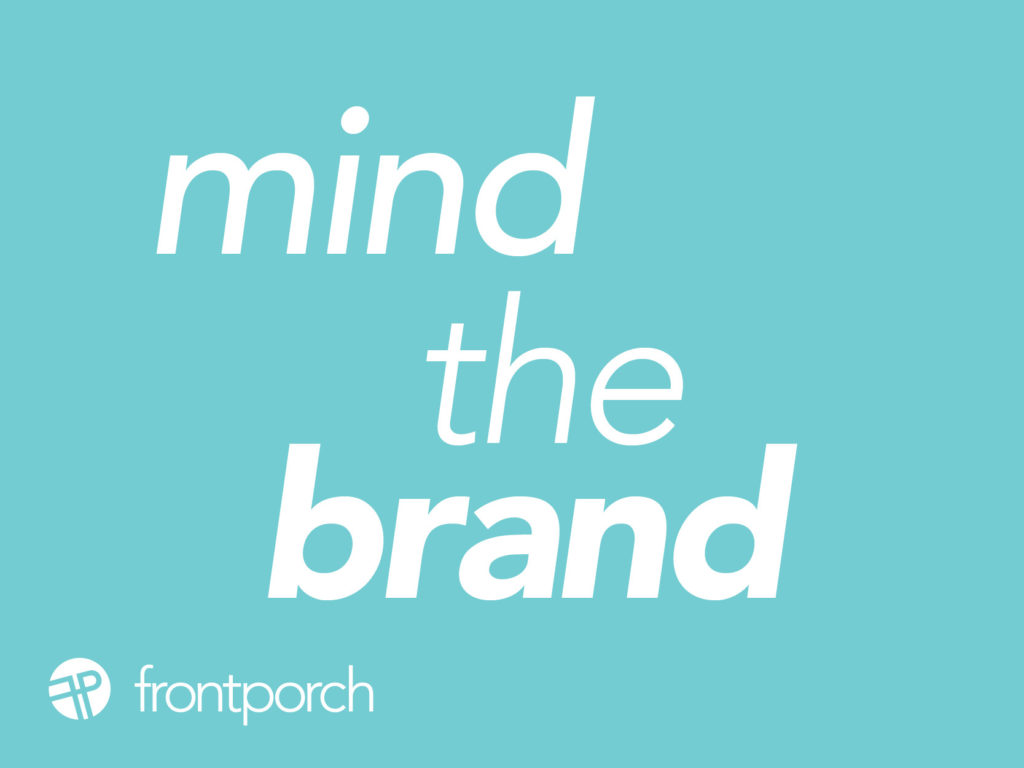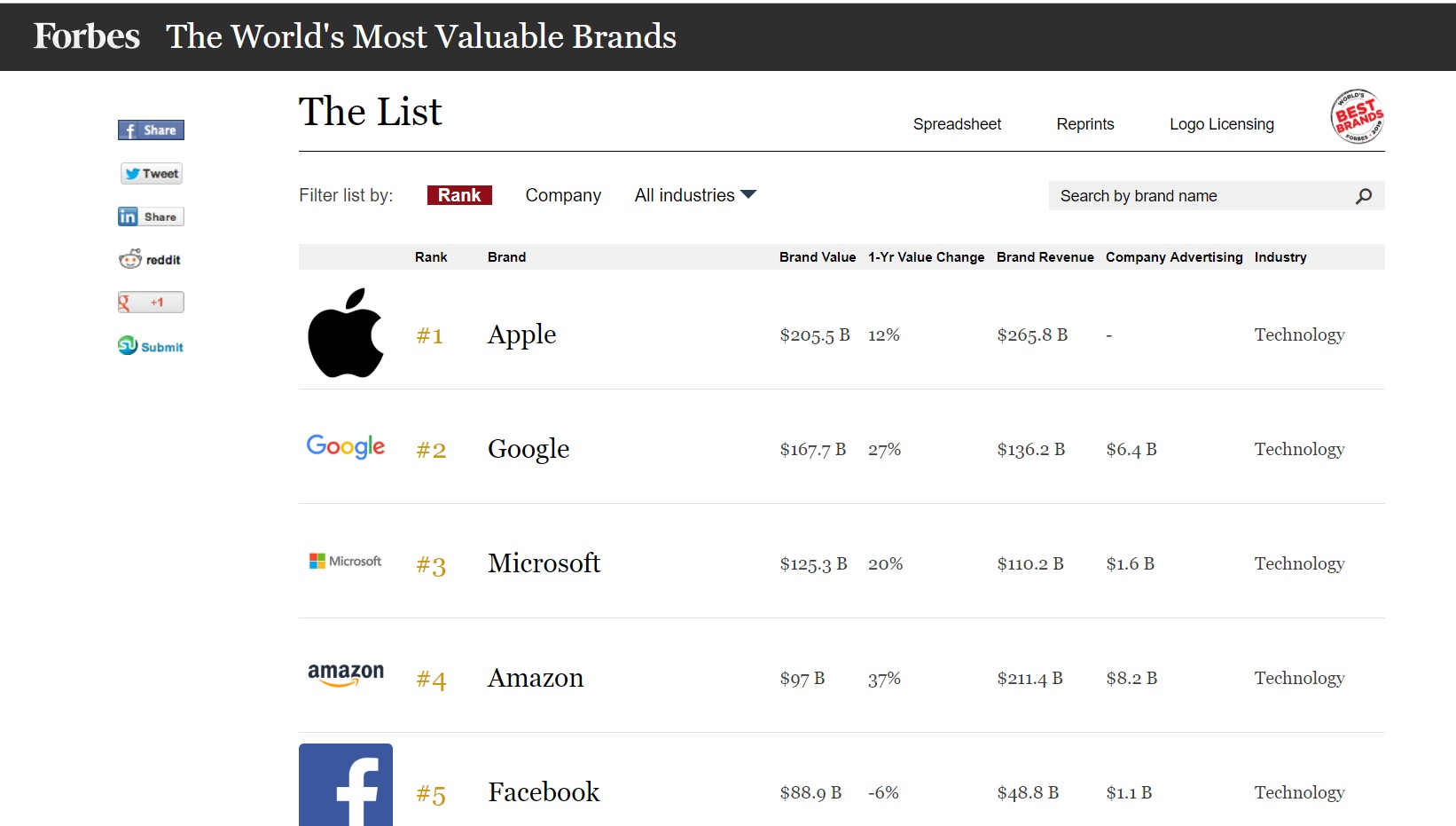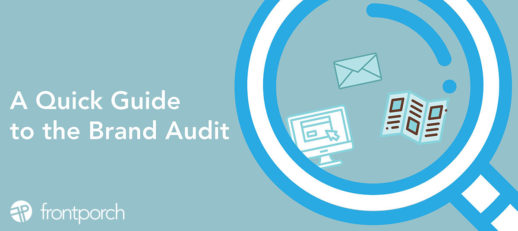
Sales and selling never stops. What you are doing today impacts future sales the next quarter and beyond. Recently, we have heard of companies and non-profits pulling back on their marketing based on success to date, cash flow, lack of resources and/or business leader fatigue, among other things.
We know it is the end of another very long year, and you may be tired and lacking in energy and resources. But going dark isn’t the answer. There are ways to continue marketing efforts with less cash, less effort or less time. Build momentum and keep it going.
Be smart about what you’re doing today – impact future sales tomorrow.
Get the most out of your marketing efforts in a consistent, strategic way.
For instance, if your busy season is Q1, use Q4 to set your strategies, and get your ideas and materials ready so all you must do is hit “go” when you’re at the peak of utilizing your manpower in other areas throughout Q1. Have your plan for next quarter all ready to work for you.
As an example, we have already approved plans and strategies, are securing paid media schedules, and developing creative assets for Girl Scouts Texas Oklahoma Plains’ (GSTOP) Q1 initiatives. Doing this now means they can simply hit send when they are at their busiest time in January – gearing up for Girl Scout Cookie Sales time!
Here are six other ways to market now and help yourself later:
- Run a brand campaign. You can keep it simple or gear up for a big push. Just make sure you do something to get and keep your name out there. Always remember that new clients or customers take time to make a decision and do research before buying.
- Make a list so you can check it twice. First, create a list of prospective audiences to whom you can market. Then, build on this base list. This can include:
a. Past customers / clients
b. Prospects or past website visitors - Check Google trends. Find out what main keywords may be trending that relate to your business. Spend now to get noticed and included in these trends.
- Develop or redesign your website. Do not wait for Q1 to jump back on this task. Get it done now so it is ready to launch in Q1. 4th Quarter is the perfect time to refresh and update the content on your website.
- Send those emails. E-mail marketing is cheap and easy but halting your monthly communication will affect results when you start back up. Don’t lose momentum. Don’t rest and count on past success to continue. If you’re not consistent, your sales won’t be, either.
- Stay active on social media. Your audience is listening, even if passively. Be consistent and engaged. Build your audience now, so they’re with you when all your big news hits next year.
So, when is a “safe’ time to put the brakes on marketing your brand? Around a quarter to … never.
Building and maintaining a successful brand requires continuity. Consistent marketing creates and sustains trust with your audience. Don’t stop marketing your brand when cash and/or resources are low. Don’t stop marketing your brand based upon success to date.
Your brand doesn’t wait while you’re tired. Your brand deserves continuous marketing effort, in some way, to make an impact both now and in your future sales. Don’t ever stop.
Stop and start marketing is not an option for successful brands.
Get out there and keep rocking your brand. Call us to help. The Porch is always ready to roll.









